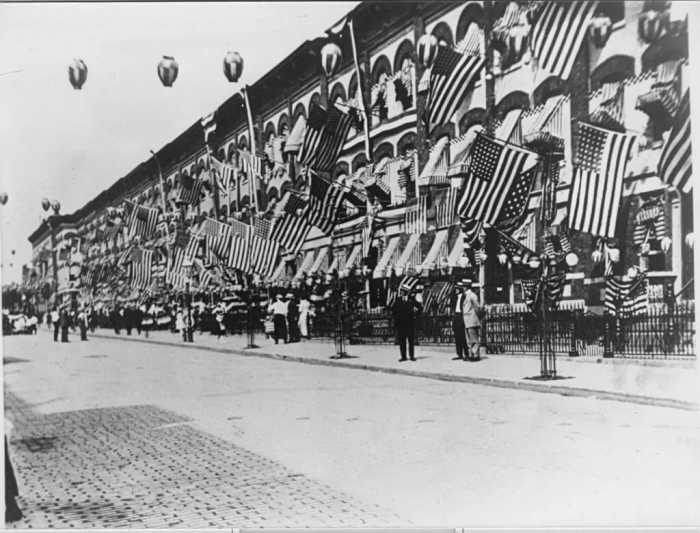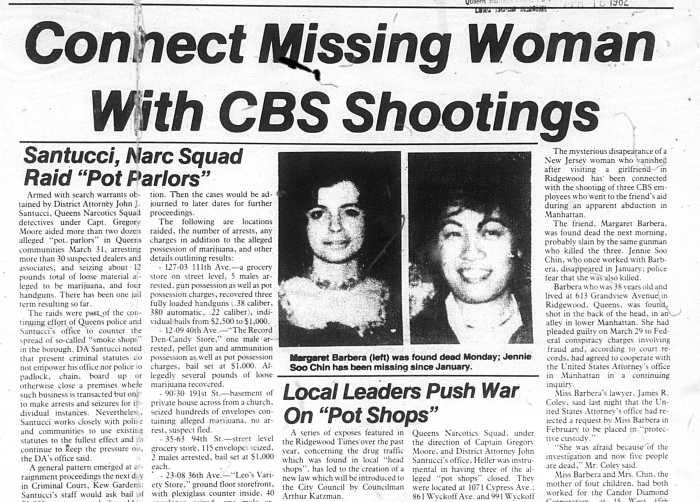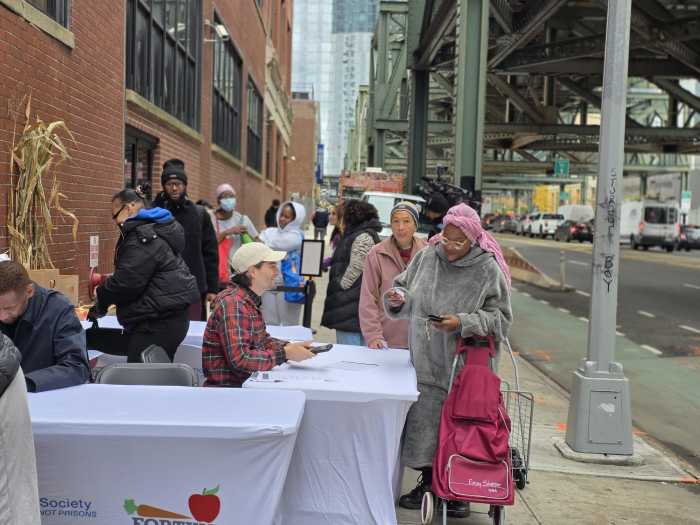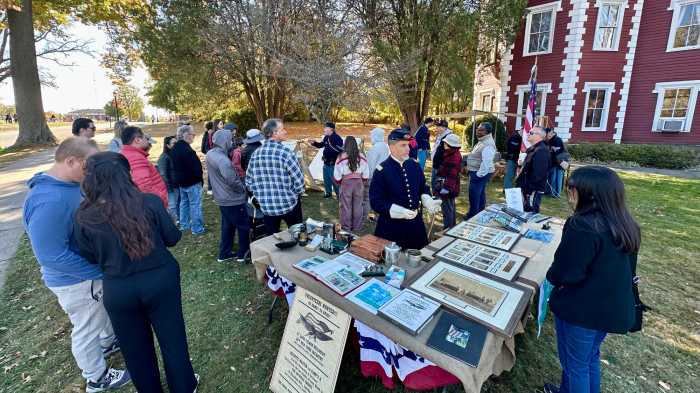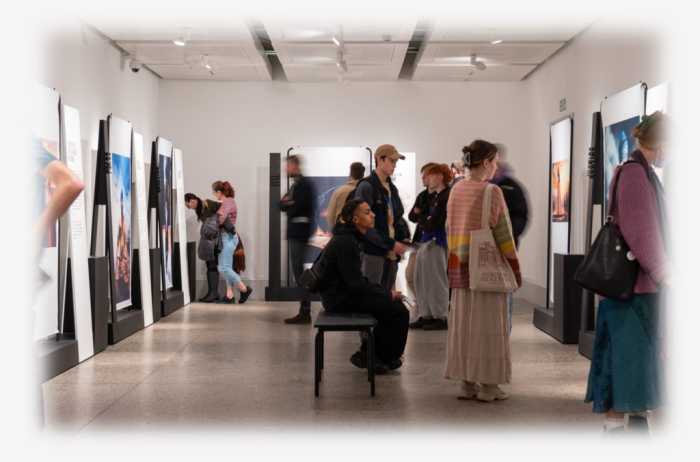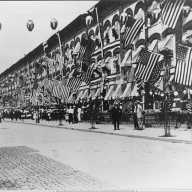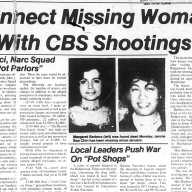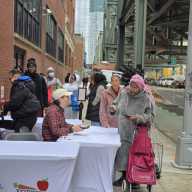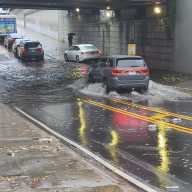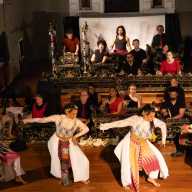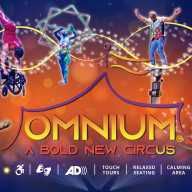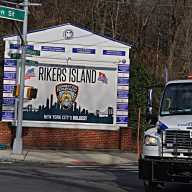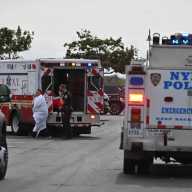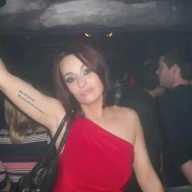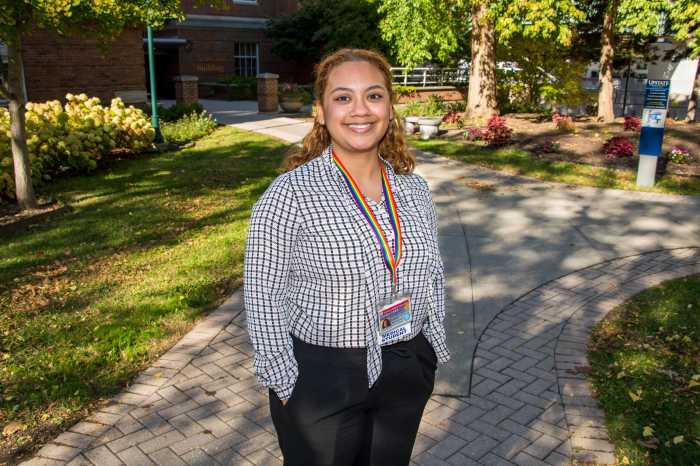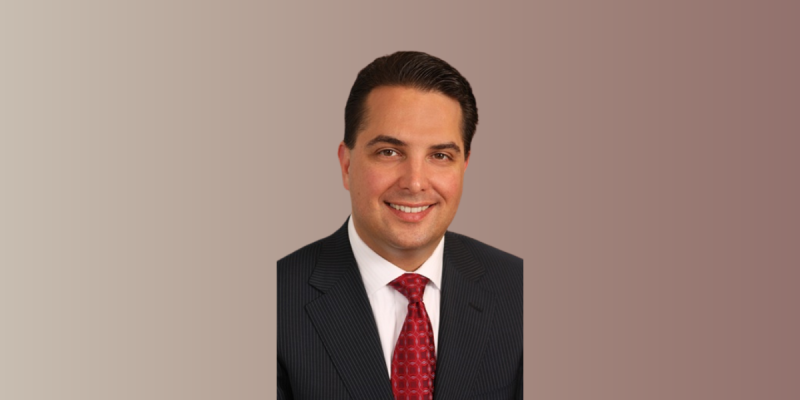By James DeWeese
The U.S. Census Bureau thinks that if you can take an accurate head count in Queens, you can take one anywhere.
And now it’s up to seven northwestern borough neighborhoods to help the agency test computerized information-gathering techniques that could be used nationwide to paint a more accurate picture of the country’s population during the next census.
As many as 680 local residents working as temporary census employees will hit the streets with hand-held computers in mid- to late April in a small-scale simulation of what planners think the 2010 census might look like. They will be following up on the standard paper-and-pen forms that were mailed out last week to hundreds of thousands of residents in Astoria, Long Island City, Jackson Heights, Elmhurst, East Elmhurst, Corona and parts of Woodside.
“We were pushing for northwest Queens because it is one of the most diverse areas in the country,” said Tony Farthing, director of the Census Bureau’s New York operations. “We also feel it’s one of the most difficult areas to do the census because of the diversity and the many different types of housing.”
Queens’ response rate for the 2000 Census paper-and-pen questionnaires came in at about 54 percent, more than 10 percentage points lower than the high-end estimates for the national response rate, said a Census spokesman from the agency’s Maryland office.
Language barriers may have played a role in Queens’ lower response rate, Farthing said.
As a major immigration gateway, there are more than 165 languages spoken by the borough’s highly mobile population. Nevertheless, the paper census test forms mailed out to 151,000 houses last week are printed entirely in English; a small notice on the back gives a number for assistance in Spanish.
Census planners also picked several counties in southwestern Georgia to simulate and test rural reporting results for the computer-assisted data gathering techniques.
The Maryland spokesman said this is the Census Bureau’s first operational field test of the hand-held computers, which will contain detailed maps of the areas to be visited by census takers and electronic versions of the census questionnaires in English and Spanish.
Planners stressed that the test conducted right now is merely a trial run to improve the efficiency of future tests. The information gathered, they said, is confidential and will not be used to amend the results of the 2000 census.
To make data collection during the test more effective, the Census bureau will hire only residents from the communities slated to take part in the test, Farthing said. The idea is to use people who are familiar with the area and who speak local languages.
Temporary enumerators — as the census takers are called — can earn about $14.50 an hour, $16 an hour for managers, the Maryland spokesman said.
Census officials chose the Queens and Georgia sites after a long selection process that involved a comprehensive review of previous results and conversations with local leaders, the Maryland spokesman said. ‘It’s a little more complicated than darts,” he added.
Every 10 years, the U.S. Census Bureau carries out a comprehensive head count of the nation’s residents. The figures the agency generates are used to determine everything from regional voting representation to the distribution of local school funding.
“Northwest Queens has a very important job to do for the country,” Farthing said. “We are the model.”
Reach reporter James DeWeese at 718-229-0300, Ext. 157, or by e-mail at news@timesledger.com.

